Erect-crested penguins (Eudyptes sclateri) are a fascinating type of penguin found on sub-Antarctic islands near New Zealand. They are recognizable from their unique erect brush-like crest feathers.
Not a lot is known about these rare and endangered birds, but we’ve been trawling research and scientific papers to bring you these 10 facts about Erect-crested penguins.
1. They are found on two sets of sub-Antarctic islands near New Zealand
During breeding season, Erect-crested Penguins are found on the Bounty Islands and the Antipodes Islands, two sets of sub-antarctic islands to the southeast of New Zealand. They prefer to inhabit rocky terrain around the coast.
Outside of breeding season, they can be found on other sub-antarctic islands and the New Zealand mainland.
The below graphic gives you an overview of where penguins live by species:
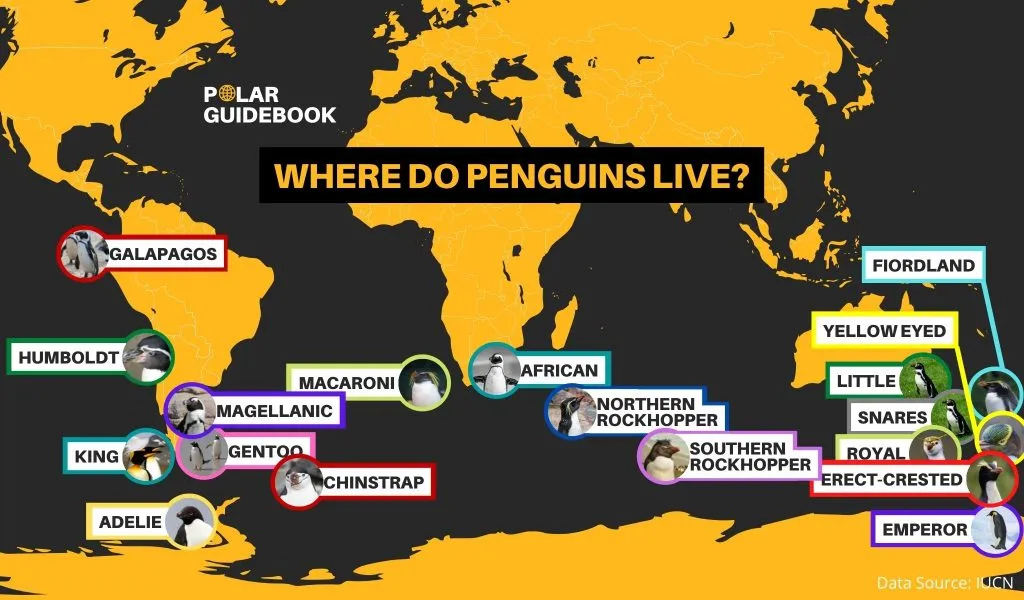
2. They are just below average in height and weight
Erect-crested penguins are considered to be medium-sized penguins, although they are overall slightly below-average height, typically up to 64 cm (25”) tall.
They are also just below average in terms of weight, typically weighing anywhere between 2.5-3.5kg (6-8lbs)1 (source: Seaworld).
Wondering how their size compares to other penguins? Check out the below graphic and read our full article on the size of penguins to find out more.
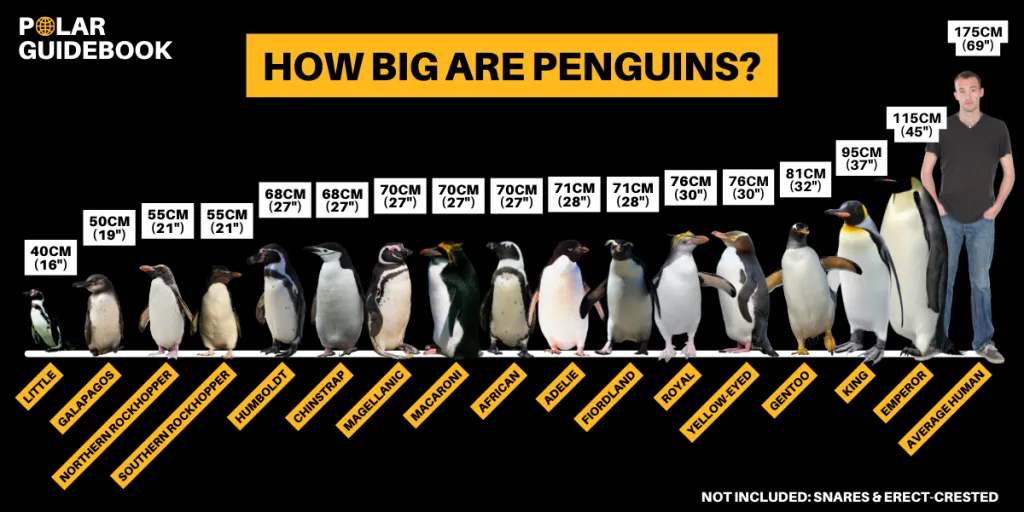
3. There are around 150,000 Erect-crested penguins left in the wild
Latest estimates suggest that there are around 150,000 mature Erect-crested penguins in the wild. Considering there are an estimated 30-31 million penguins left worldwide, this makes Erect-crested penguins one of the smallest by population.
4. You can identify them by their unique brush-like yellow crest feathers
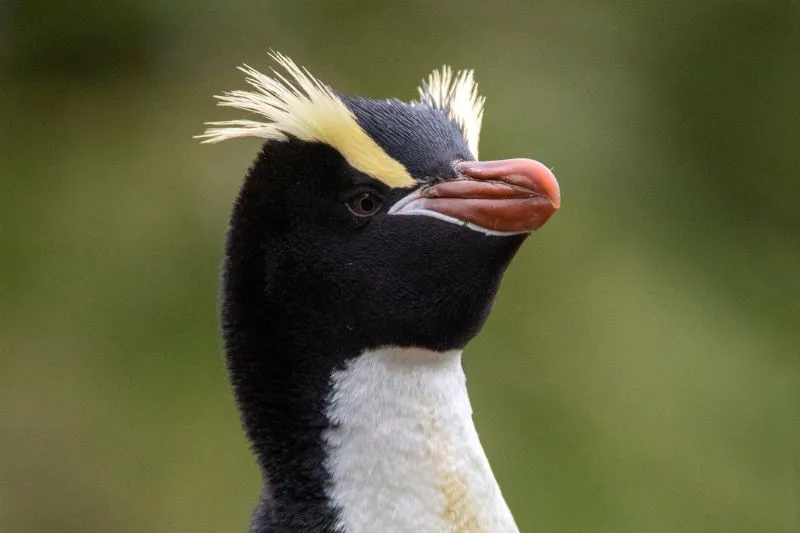
Erect-crested penguins are a member of the crested penguins family (scientific name: Eudyptes) and are most closely related to Fiordland and Snares penguins.
Like other crested penguins, they have yellow feathers that run above their eyes. Studies have found that these bright colors help them attract a mate by demonstrating that they are healthy enough to afford to compromise their camouflage2 (source: D. T. Ksepka, American Scientist).
The main way to distinguish an Erect-crested penguin from other crested penguins is that their yellow crest feathers are shorter and point upwards (erect), resembling a brush. When they are wet, it’s much more difficult to tell the difference between species because the feathers are less spikey.
5. They lay two eggs but always reject the first
Like most penguin species, the Erect-crested penguin lays two eggs. They will lay these around five days apart.
However, they actively roll away the first egg and don’t incubate it. Instead, they put all of their energy on the second egg which is usually 85% heavier than the first3 (source: New Scientist).
The purpose of this strategy has been debated by scientists for many years, but the most likely reason is that the first egg is ovulated whilst the mother is still out at sea so she cannot yet fully commit herself to the egg whilst swimming for days on end. This is why the first egg is always smaller and doomed from the outset4 (source: National Geographic).
6. Erect-crested penguins have a lifespan of 15-20 years in the wild
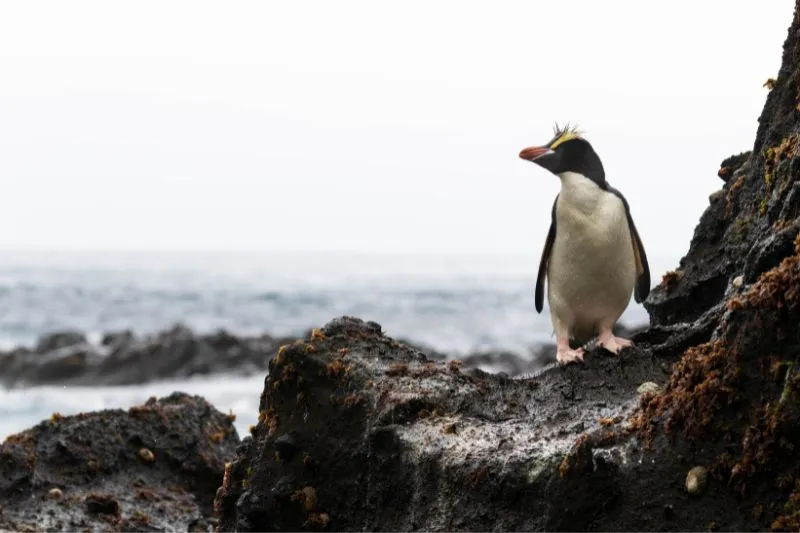
The lifespan of an Erect-crested penguin in the wild is estimated to be between 15-20 years old.
On average, penguins have a lifespan of around 20 years so this is about average.
In captivity, penguins can live for much longer. Typically, penguins in zoos or aquariums live to around 30 years old. However, there have been documented cases of penguins living to 40 in captivity.
7. They eat fish, krill, and cephalopods
The diet of an Erect-crested penguin hasn’t been observed in detail although it’s thought that they have a typical penguin diet of fish, krill, and cephalopods (such as squid).
Erect-crested penguins are carnivores that forage for their food offshore. They will catch prey as they swim upwards and swallow it whole without chewing.
They have a large, powerful tongue with spine-like bumps on the back surface to aid with catching and swallowing prey5 (source: K Kobayashi, et al., Arch Histol Cytol, 61 (1) 1998).
8. Their predators are seals, skua, and mice
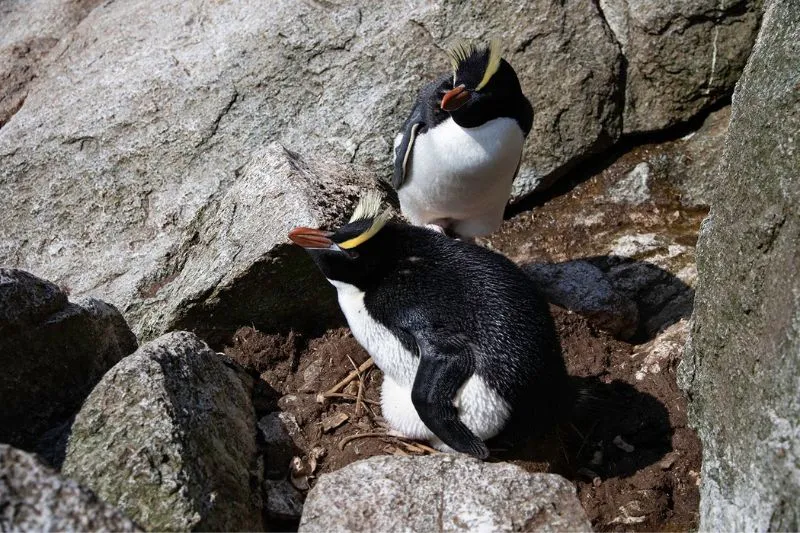
The main predators of Erect-crested penguins are New Zealand fur seals and leopard seals, however, little research has been done into the impacts of predation on the species.
Erect-crested penguins live on sub-antarctic islands where there are no natural terrestrial predators. However, penguin eggs may be preyed upon by brown skua6 (source: Penguins: Natural History and Conservation).
Introduced predators (such as mice on the Antipodes Islands) may also prey on eggs or vulnerable chicks.
9. They can ingest saltwater thanks to a special salt gland
When Erect-crested penguins aren’t incubating their eggs or molting, they tend to spend most of their lives at sea foraging food where they can ingest high levels of salt water.
Since their kidneys are not inefficient at processing salt, they have a special salt gland (also known as a superorbital gland) near their eye which helps remove salt from their bloodstream.
They then excrete the salt via their nostrils by sneezing or shaking their head7 (source: Britannica).
10. They are endangered
Erect-crested penguins are classified as endangered by the IUCN because of rapid population declines over the last three generations.
They are one of five penguin species that are endangered out of a total of 18, the other endangered species are Yellow-eyed Penguins, Galapagos Penguins, African Penguins, and Northern Rockhopper Penguins.
There isn’t enough data on this species to say for certain what is causing their decline but research suggests that climate change is the major influence on habitat and food availability (source; L.S. Davis, EErect-crested Penguin (eudyptes sclateri)8 (source: Biology and Conservation of the World’s Penguins, 2013).
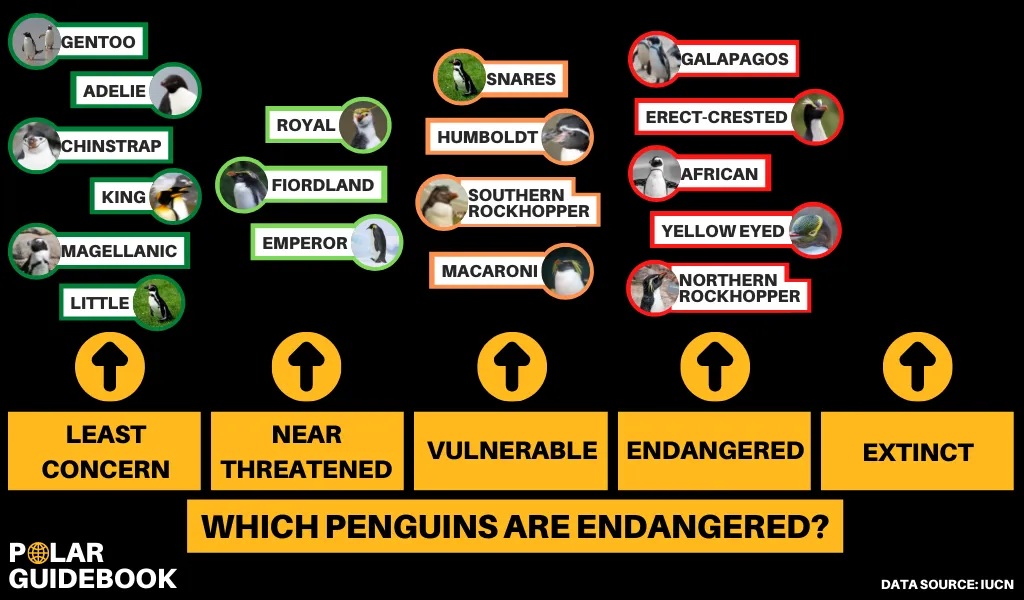


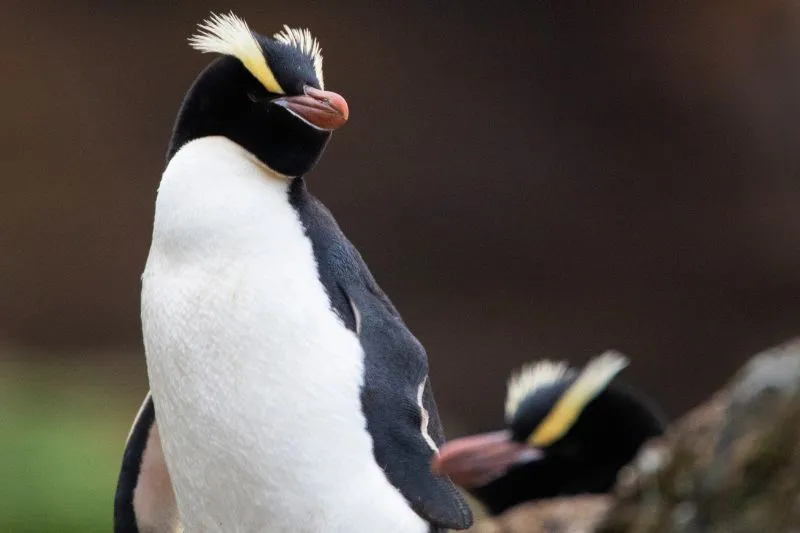
![Read more about the article 12 Ice-Cool Facts About Adélie Penguins [#9 Will Surprise You]](https://polarguidebook.com/wp-content/uploads/2023/01/Adelie-Penguins-Jumping-Over-Ice-300x200.jpg)
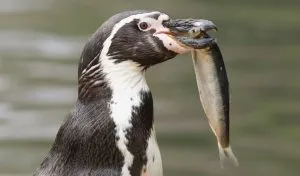
![Read more about the article How Big Are Penguins? [Height & Weight of Every Species]](https://polarguidebook.com/wp-content/uploads/2022/02/how-big-are-penguins-300x176.jpg)